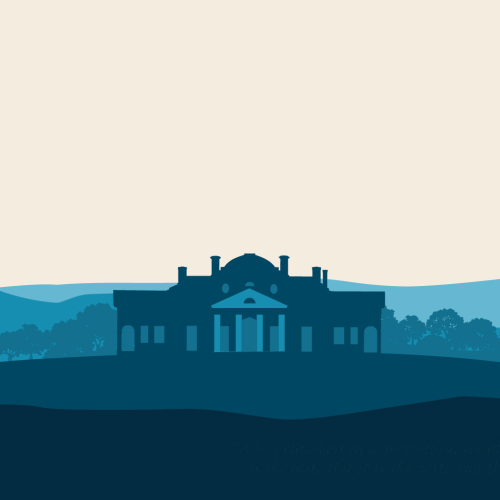Finally, as we leverage the power of place to share the vitality of American history, we seek to connect Monticello more widely, making the site and its digital assets a known, trusted, and accessible resource for every American and global citizen seeking inspiration and understanding from the United States. We will lower barriers to entry and build our unique offerings as a civic renewal and democracy focused institution treasured at home and around the world as an exemplar of America’s highest aspirations.
“I have a dream that one day this nation will rise up and live out the true meaning of its creed: ‘We hold these truths to be self-evident: that all men are created equal,’” the Reverend Martin Luther King, Jr. thundered in his best-known speech, on the Washington Mall in 1963. Monticello is the tangible embodiment of that living creed and the dreams it continues to inspire.
To make Monticello more meaningful and accessible to broader audiences on site and online, we need to raise our visibility and lower barriers to entry. Leveraging national attention to the 250th anniversary of the Declaration of Independence in 2026, we begin a generational investment in the nation’s civic capacity that will also help us to grow and sustain our operations for the long term.
We will position Monticello as a site courageously engaged in bridging divides, encouraging deliberation, and sharing other skills crucial for self-governance. Online, in Charlottesville, and in person around the country, we will make Monticello mobile, forging deeper connections into a broad range of communities.
Our designation, along with the University of Virginia, as a UNESCO World Heritage Site also confirms our importance as a global beacon, with “outstanding universal value” that transcends national and temporal borders. Monticello serves the whole of America and stands for America’s founding aspirations around the globe. Supporters and visitors alike will see the impact of their engagement well beyond Monticello, as we rebuild trust in American institutions past, present, and future.

